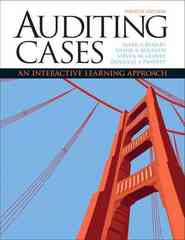Answered step by step
Verified Expert Solution
Question
1 Approved Answer
The headline of a January 31, 2005 USA Today article read, 'January Barometer' predicts a pretty lousy year. Referring to the stock market (and in
The headline of a January 31, 2005 USA Today article read, "'January Barometer' predicts a pretty lousy year." Referring to the stock market (and in particular the S&P 500), the article goes on to say that the month of January was "turning out to be a loser and chances are 2005 will be, too." To support the claim, the article presents S&P 500 performance data for the past 10 years. Besides the year, the columns are the S&P 500 returns for the month of January and for the entire year. As you can see, increases (shown in green) in January are typically associated with increases for the full year, while decreases (shown in red) in January are typically coupled with decreases for the full year. There is, however, a possibility that the association that is seen in the data is due to random chance. What could we do to see if the asserted relationship between January returns and the Full Year's returns is real (i.e., not due only to sampling error)? Using cell B58 of the Answer Summary Sheet, indicate your answer using the number associated with the best choice below. 1. Use Excel's regression analysis tool to estimate
Step by Step Solution
★★★★★
3.53 Rating (156 Votes )
There are 3 Steps involved in it
Step: 1
To determine if the relationship between January returns and Full Years returns is statistically sig...
Get Instant Access to Expert-Tailored Solutions
See step-by-step solutions with expert insights and AI powered tools for academic success
Step: 2

Step: 3

Ace Your Homework with AI
Get the answers you need in no time with our AI-driven, step-by-step assistance
Get Started


